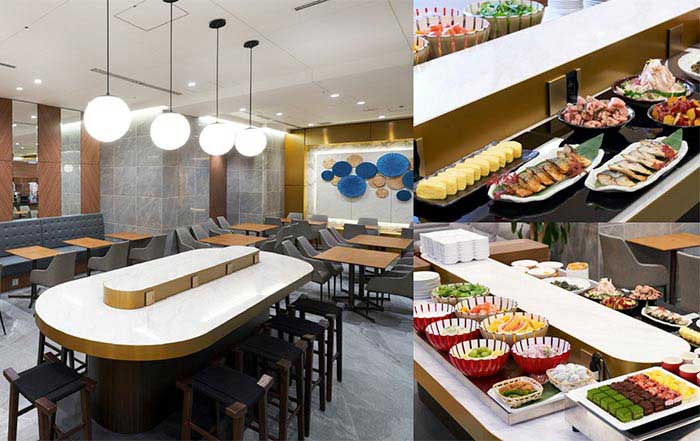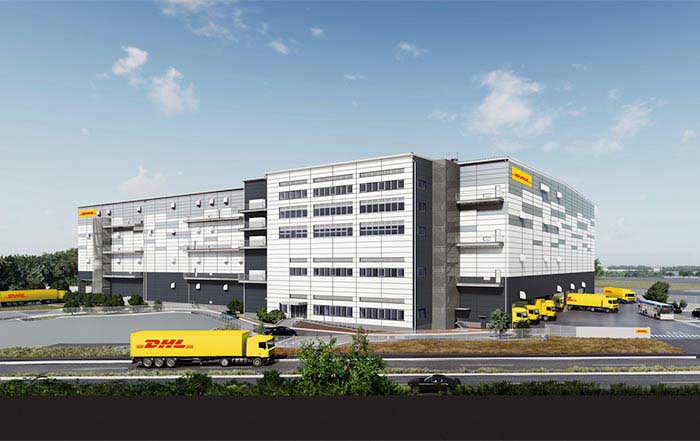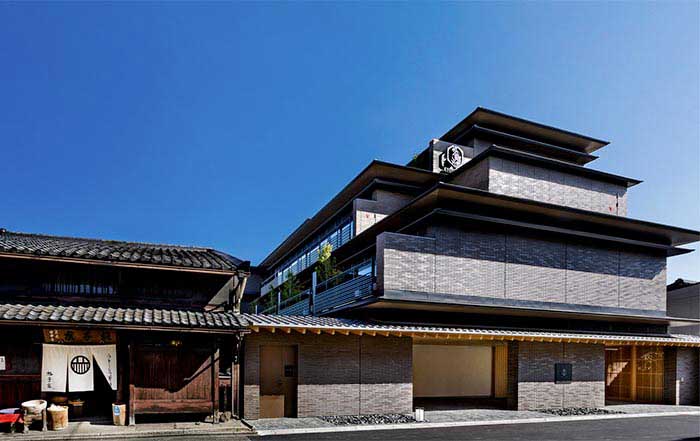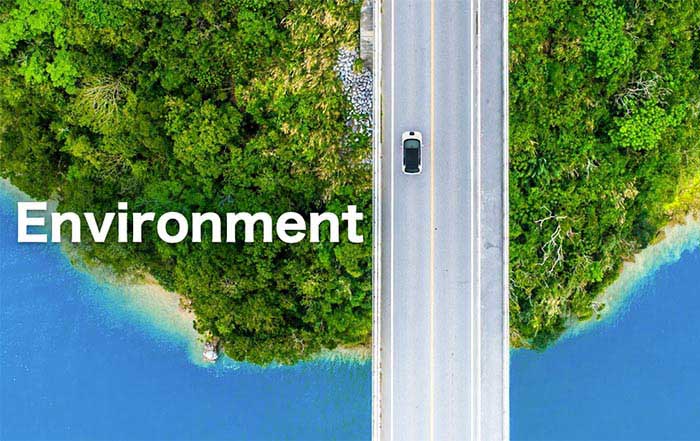Travelodge Honmachi Osaka (Location: Chuo-ku, Osaka-shi, Osaka; General Manager: Junya Ono), opens its door on September 28, 2022. Making its debut in the lively neighborhood, the hotel offers all the essentials you need for a comfortable, fuss-free stay. Located in the Midosuji area, Osaka's busiest shopping street and within walking distance to Shinsaibashi retail district, iconic entertainment district Namba, and main Yodoyabashi financial district, the hotel boasts charm for guests travelling for business and leisure purposes. The hotel is also accessible to two subway stations and four lines, allowing efficient travel throughout the Kansai area and beyond. With easy access to Osaka Station, Shin-Osaka Station, Itami Airport, and Kansai Airport, it is ideal for guests travelling from all over Japan and overseas.
The 138 guest rooms embrace a minimalist contemporary design with creative black and white wall murals inspired by Osaka's famous landmarks, giving guests a peaceful retreat from the contrast of Osaka's busy sights, sounds, flavours, and thrills. Ideal for short-stay and long-stay, all rooms are equipped with en-suite bathrooms featuring bathtubs to recharge after a long day and offer convenience for guests with small children. All the beds use mattresses from the brand France Bed promising a comfortable night's sleep. Each room features a 40-inch TV with built-in screen mirroring to stream your favourite show and is equipped with complimentary high-speed Internet access to keep guests connected with the city's best travel destinations and your friends and family back home. A distinctive touch on the local scene, our Friends & Family room caters to the needs of a group of friends travelling together or extended family with children or elderly who prefer to share a room with more space.
As the name "Social" suggests, the space next to the reception on the second floor is a socializing area ideal for long-stay guests and business travellers looking to work and relax beyond the guest room. Breakfast features a variety of Japanese and Western dishes prepared with fresh, locally-sourced ingredients. The menu includes takoyaki and okonomiyaki, Osaka's most famous local food, and bite-sized desserts that children and elderly guests can enjoy. The Social ambience inspires the space with better facilities to accommodate need, such as bench desks with many power outlets. From 10:00 to 22:00, the space can be used as a coworking space, which also opens to walk-in guests from the local community. The fee is 600 yen per hour and 2,000 yen per day, including a complimentary soft drink.
The hotel has a self-service laundromat to cater to guests with children and long- stay guests, and an indoor parking lot which can accommodate up to 9 vehicles. The facility allows local guests travelling by car to park their vehicles while international guests on private tours can also enjoy the facility. With such amenities and conveniences, Travelodge Honmachi Osaka aims to be the first choice for the increasing number of travellers who need a fuss-free, relaxing place to conveniently explore the city and conduct business activities.
Travelodge Cashback, allows guests to earn up to 5% instant cashback, easily redeemable as a credit value for their next stay. In addition, guests can enjoy more perks and experiences, such as early check-in or late check-out at Travelodge Honmachi Osaka or any other Travelodge hotels in Asia.
We are now accepting reservations on the official website. The special opening rate is available from 5,200 yen per room per night (plus tax). After the opening, a special promotion will be held where guests can win prizes such as room vouchers and the hotel's original goods.
Travelodge Hotels Asia have a long-standing commitment to rigorous cleaning procedures, but our Essentially Safer program has been further enhanced for your peace of mind in these unprecedented times. Guided by Global Health Safety Recommendations and partnering with Diversey – world leader in hygiene and cleaning technologies and services, our top priority is to ensure your utmost well-being and comfort to comfortably travel the world again.
Plenitude Berhad is a public listed company with investments in hospitality and property development. Since its incorporation on 6 November 2000, the Plenitude Group has commanded a diverse portfolio of business ventures related to property and has built a reliable track record in the real estate industry. Its developments are recognized for their strategic locations, easy accessibility, and comprehensive amenities.
Travelodge Hotels (Asia) Pte. Ltd., is a hotel management and franchise company responsible for the development of hotels in Asia under the globally-recognised Travelodge brand. TLA predominantly focuses on select services, midscale hotels in strategic locations in gateway cities and key travel destinations across Asia.




